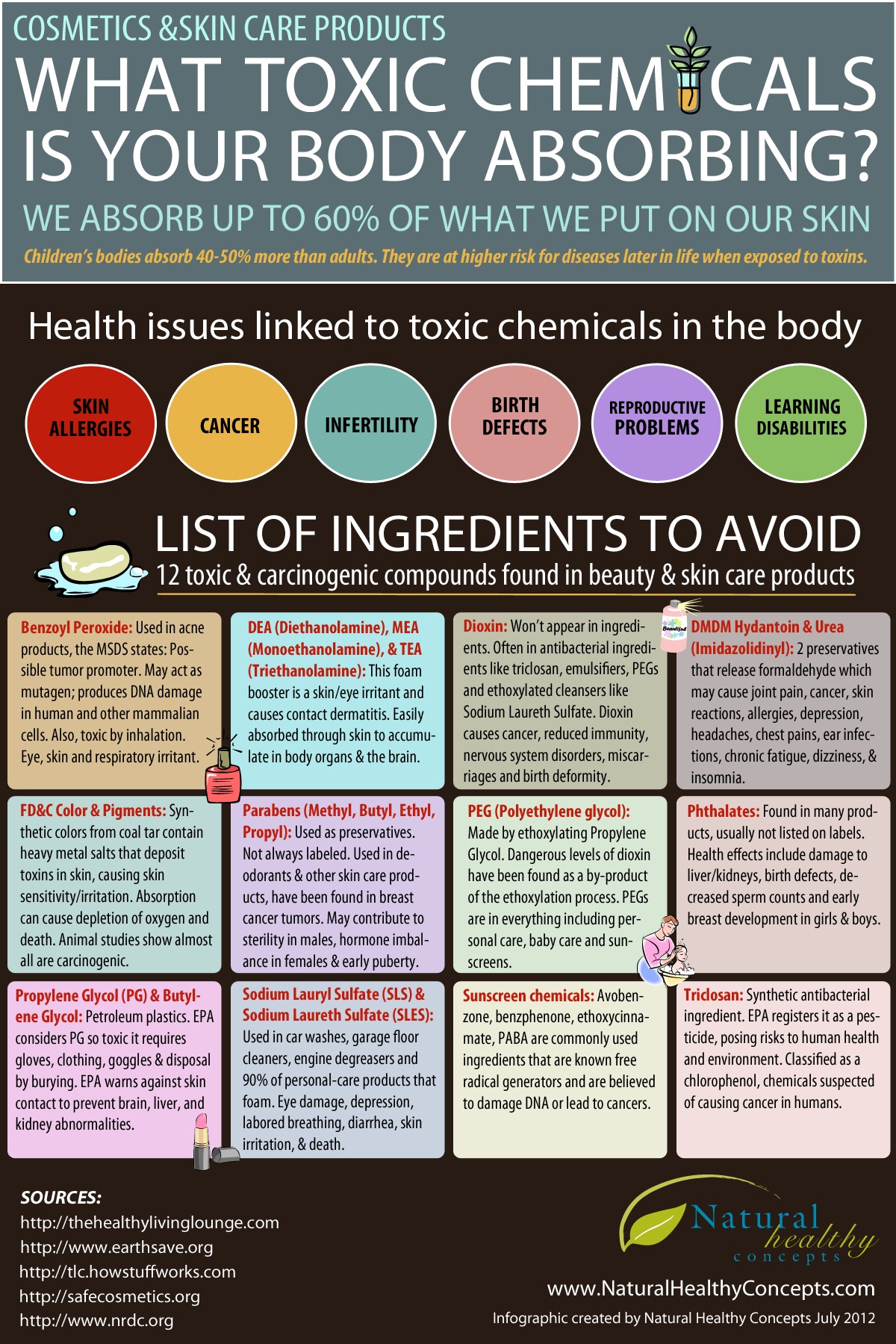Artificial chemicals remain in almost whatever we touch and take in. Some chemicals can be possibly harmful and a number of professionals are anxious about possible long-lasting health effects of our daily exposure. Synthetic chemicals are in almost everything we touch and consume. Some chemicals can be possibly hazardous and a number of experts are distressed about possible long-term health impacts of our everyday exposure.
The EPA states its regulative actions and improvements in science over current years has actually led to "a boost in using safer, less harmful pesticides [and an] general pattern of minimized danger from pesticides". A list of long-lasting health issues includes: prostate, lung, thyroid and bone marrow cancer; diabetes; Parkinson's disease; asthma and macular degeneration, according to the Agricultural Health Research study. Inhalation of household dust is thought to be the primary method people are exposed to flame retardants. They can likewise be consumed through food or taken in through the skin.
The health effects of BPA are still disputed, it is thought to be an endocrine disruptor that mimics estrogen in the body, potentially triggering negative health effects.
Dangerous Chemicals Hiding In Everyday Products

If you live in an older house, consult your regional health department about any lead that might remain in the paint, dust, or drinking water. Local specialists can direct you in steps you can take to avoid lead direct exposure. Young children are more susceptible to lead and many other chemicals.
Kids can also be exposed to toxins from typical childhood behaviors, like playing on the floor and putting their toys or hands in their mouths. "Chemicals can come out of our items and wind up in the air and dust in the home, where they can enter your body," states Dr.
Proof suggests that endocrine disrupters may decrease fertility, raise the danger for some cancers, or cause other damages. These chemicals might pose their greatest health threats when individuals are exposed in the womb or during their first few years of life, when hormonal agents are directing advancement of the body's organs and brain.
Everyday Chemicals Harming Your Health
Some proof suggests that specific PFCs may likewise impact human health, with possible ties to low birth weight, weight problems, and testicular and kidney cancers. Particular PFCs, like those used to make Teflon, are being phased out of use in the U.S. But some older home products, like nonstick pans, might still contain them.
Flame retardants are included or used to products to slow or prevent a fire. However a growing body of evidence links much of these chemicals to unfavorable health results in animals and people. Flame retardants can be discovered in foam, upholstery, mattresses, carpets, curtains, and fabric blinds. Flame retardant usage has actually been decreasing in the last few years.
When buying brand-new products, especially for kids, attempt to acquire furnishings filled with cotton, polyester, or wool, rather of polyurethane foam. "The best thing is to realise that there are chemicals in your environment, and there are very simple things that you can do to reduce your exposure," Patisaul says.
Household Chemical Products & Health Risks
These guidelines still do not take into account the chemical solutions of the item. In 2004, the EWG performed a study among 2,300 individuals asking about individual care product usage and concluded that "the average adults uses 9 personal care items every day, with 126 distinct chemical components," and more than 25% of ladies, but only 1% of males, use 15 or more products every day.
Dangerous Chemicals To Avoid In Everyday Products
Women bear the force of this as ladies are typically strongly targeted by ads, media, and social expectations to preserve their "vibrant appearance". So, what's a woman to do? While swearing off all personal care products may be a choice for a choose couple of individuals, the majority of females, for a myriad of factors (individual, professional, and so on), are unable to do this.
They have actually all been discovered to have some function as either: endocrine disruptors, carcinogens, mutagens (causing hereditary mutations), estrogen mimickers, and irritants, along with being damaging to the environment and water life. This is just a brief summary, however if you would like to read a lot more comprehensive information about these ingredients click on this link: BHA & BHT (Butylated Hydroxyanisole & Butylated Hydroxytoluen) are preservatives found in lipsticks, moisturizes, and some food products.
If you want to minimize your direct exposure to these chemicals, the very best strategy is to start reading labels and learn what's in your products. Checking out labels can be a very daunting task in the beginning, but in time the process will end up being easier, and it is the only method to be specific of what is in your items.
.
Potentially hazardous chemicals can be discovered in every space in your house. If not appropriately saved or used, these items could trigger small to major and even lethal health problems for you or your kids. What are these every day home chemicals? Let's take a trip of the rooms of your home and discover what some of these chemicals are and what health hurts they may cause.
Unless consumed in large amounts, water-soluble latex paints are not extremely hazardous. Nevertheless, some latex paints give off formaldehyde when drying. High levels of formaldehyde can provide you a headache and irritate your eyes, nose and throat. Oil-based paint contains organic solvents that can be annoying to eyes and skin, and can cause cracking of skin.
Toxic Chemicals To Avoid In Cosmetics And Skincare
Chlorine bleach liquid and vapors can irritate the skin, eyes, nose and throat. Dermatitis might result from direct skin contact. Ingestion can trigger esophageal injury, stomach irritation and extended queasiness and vomiting.